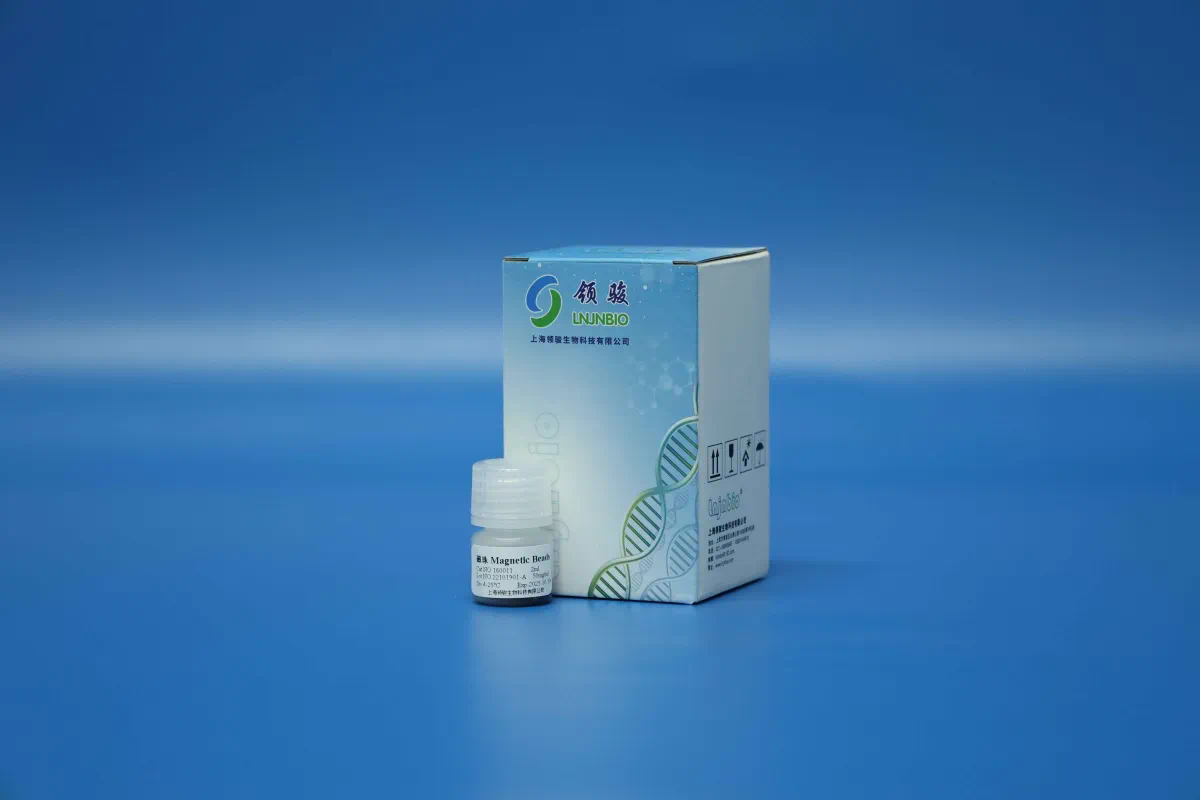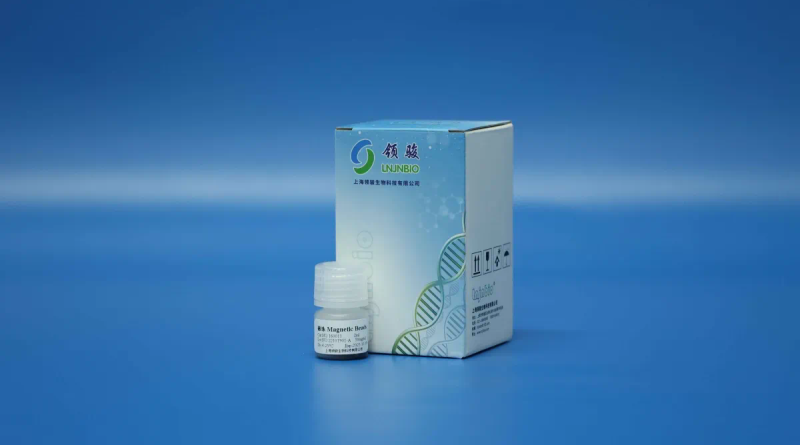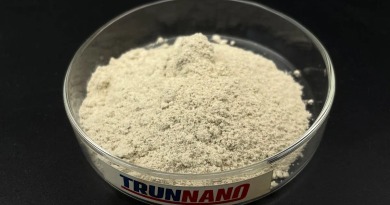Trace RNA Extraction and Purification- Answers to Frequently Asked Questions in the Lab
Trace RNA Extraction and Purification: Answers to Frequently Asked Questions in the Lab
RNA extraction and purification are crucial steps in molecular biology research, particularly in studies involving gene expression, transcriptomics, and various other applications. The Trace RNA extraction and purification process, designed for high efficiency and reliability, has become increasingly popular in laboratories worldwide. This article aims to address frequently asked questions surrounding this method, providing detailed insights into its principles, protocols, challenges, and troubleshooting tips.
The Importance of RNA Extraction
RNA is a vital molecule involved in various cellular processes, serving as a template for protein synthesis and playing roles in regulation and catalysis. Extracting high-quality RNA is essential for accurate downstream applications, including quantitative PCR (qPCR), reverse transcription PCR (RT-PCR), and RNA sequencing (RNA-seq). Contaminated or degraded RNA can lead to unreliable results, highlighting the need for effective extraction methods.
What is Trace RNA Extraction?
Trace RNA extraction refers to a specialized process designed to isolate RNA from dna extraction reagent biological samples, often utilizing advanced techniques and reagents to ensure purity and yield. This method is particularly adept at handling small sample volumes, making it suitable for precious samples such as those derived from clinical specimens or limited cell lines.
Key Principles of RNA Extraction
The RNA extraction process typically involves several key steps: cell lysis, separation of RNA from DNA and proteins, purification, and precipitation. Each of these steps is critical for obtaining high-quality RNA.
1. Cell Lysis
Cell lysis is the first step in RNA extraction, where cellular membranes are disrupted to release RNA into the solution. This is typically achieved using lysis buffers containing detergents or mechanical disruption methods.
2. Separation
Once the cells are lysed, the next step is to separate the RNA from other cellular components, such as DNA, proteins, and lipids. This is often accomplished through the use of organic solvents, silica membranes, or magnetic beads that selectively bind RNA.
3. Purification
Purification involves removing contaminants and inhibitors that may interfere with downstream applications. This step often includes washing the RNA with ethanol or isopropanol to eliminate remaining impurities.
4. Precipitation
Finally, RNA is precipitated from the solution, usually by adding alcohol and salt, followed by centrifugation. The resulting pellet is then washed and resuspended in an appropriate buffer for storage or immediate use.
Common Challenges in RNA Extraction
Despite the streamlined nature of modern RNA extraction protocols, several challenges can arise during the process. Understanding these challenges is essential for ensuring successful outcomes.
1. RNA Degradation
RNA is inherently unstable and can degrade quickly, especially when exposed to RNases. To mitigate this, it’s crucial to work in an RNase-free environment and use reagents that inhibit RNase activity.
2. Low Yield
In some cases, researchers may experience low RNA yield due to inadequate lysis, insufficient binding capacity of the purification matrix, or loss during washing steps. Optimizing each step of the protocol can help improve yields.
3. Contamination
Contaminants such as proteins or genomic DNA can interfere with downstream assays. Choosing the right extraction method and carefully following the purification steps are essential to minimize contamination.
Tips for Successful RNA Extraction
To achieve optimal results in RNA extraction, consider the following tips:
1. Use Fresh Samples
Using fresh or properly preserved samples is crucial for obtaining high-quality RNA. If working with frozen samples, ensure they are thawed quickly and kept on ice during processing.
2. Optimize Lysis Conditions
Different sample types may require adjustments in lysis buffer composition or incubation times. Testing various conditions can help identify the most effective approach for specific samples.
3. Follow Manufacturer Guidelines
When using commercial extraction kits, closely follow the manufacturer’s instructions to ensure proper handling and maximize RNA yield and purity.
4. Validate RNA Quality
After extraction, assess RNA quality using spectrophotometry or gel electrophoresis to confirm integrity and concentration. This validation step is critical before proceeding with any downstream applications.
Understanding the Applications of Extracted RNA
Extracted RNA can be utilized in various applications, each requiring specific considerations regarding RNA quality and quantity.
1. qPCR and RT-PCR
Quantitative PCR and reverse transcription PCR are commonly used techniques for analyzing gene expression levels. High-quality RNA is essential for accurate quantification.
2. serum/plasma free DNA extraction and purification RNA Sequencing
RNA-seq allows for comprehensive analysis of transcriptomes and is increasingly used in research. The success of RNA-seq heavily relies on the integrity and quantity of extracted RNA.
3. Microarray Analysis
Microarrays can provide insight into gene expression patterns across multiple genes simultaneously. Ensuring high RNA quality is crucial for reproducibility in microarray experiments.
Troubleshooting Common Issues
Even with optimized protocols, issues can arise during RNA extraction. Here are some common problems and potential solutions:
1. Problem: Low RNA Concentration

Solution: Ensure thorough mixing of the lysis buffer with the sample and optimize the elution volume during the final purification step.
2. Problem: Presence of Contaminants

Solution: Review washing steps and ensure that washing buffers are adequately prepared. Consider using additional purification steps if necessary.
3. Problem: RNA Degradation
Solution: Maintain an RNase-free environment and use RNase inhibitors throughout the extraction process. Keep samples on ice whenever possible.

Conclusion
Trace RNA extraction and purification is a powerful technique that enables researchers to obtain high-quality RNA for various applications. Understanding the underlying principles, common challenges, and best practices can significantly enhance the efficiency and reliability of RNA extraction protocols. By addressing frequently asked questions and providing practical solutions, this article aims to equip laboratory personnel with the necessary knowledge to navigate the complexities of RNA extraction effectively. As molecular biology continues to advance, mastering RNA extraction will remain a cornerstone of successful research endeavors.
https://hearingearly.com/




